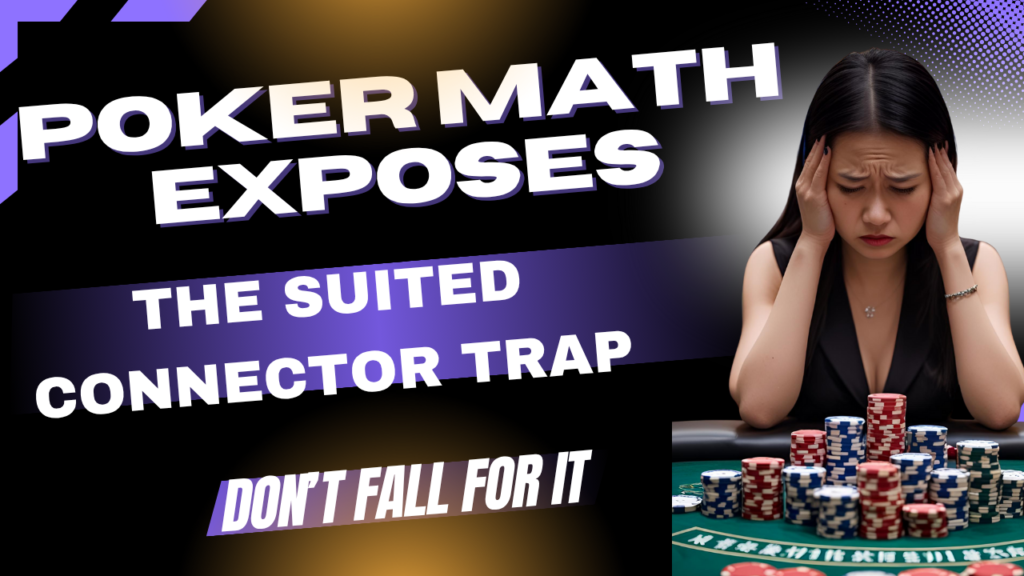One-gap connectors “In the Middle,” like Jack/9, Ten/8, 9/7, 8/6, and 7/5, have a 7% chance (13.29 to 1 odds) of making a straight.
Jack/9 and Ten/8 hold more value because their higher ranks can form top pair or two pair.
These hands offer more strength and greater versatility in post-flop situations.
Lower one-gap connectors, like 8/6 and 7/5, share the same straight odds but lack high-card strength.
Without the potential for top pair or strong two-pair hands, they become more speculative and risky.
Play these hands cautiously, preferably in late position and multi-way pots where implied odds improve.




3 thoughts on “Straight Draws & Suited Connectors In Poker”
You really make it seem really easy with your presentation but I to find this matter to be actually something which I think I’d by no means understand. It sort of feels too complicated and very extensive for me. I’m having a look forward in your next post, I will attempt to get the hold of it!
I have recently started a web site, the info you provide on this web site has helped me greatly. Thanks for all of your time & work.
Nice post. I was checking constantly this blog and I am impressed! Very helpful information specially the last part 🙂 I care for such info much. I was looking for this particular information for a long time. Thank you and best of luck.
Comments are closed.